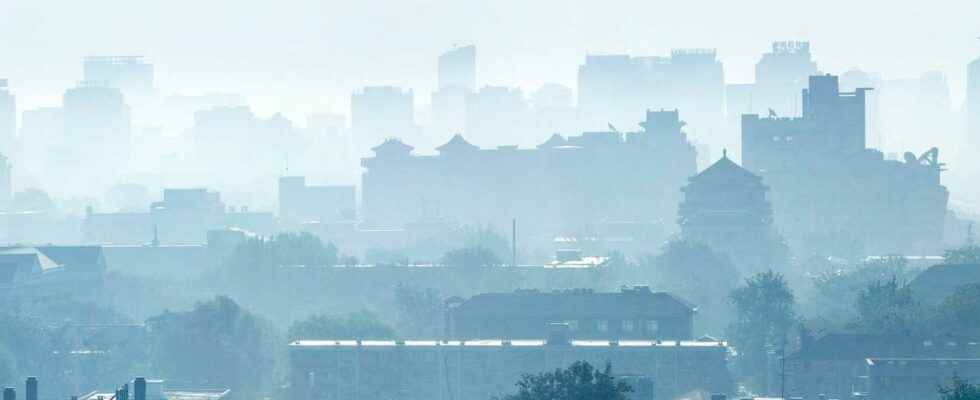No less than 92% of the world’s population breathes air that is too polluted by fine particles, according to the WHO. In some places, levels reach 10 times the maximum recommended values and cause thousands of deaths each year. Here are the big cities where it is not good to live.
You will also be interested
[EN VIDÉO] Reducing the environmental impact of cities through nature Currently, urban areas occupy only 3% of the earth’s surface, but they emit nearly 72% of greenhouse gases. As cities grow ever faster, how can they reduce their environmental impact and improve the quality of life of city dwellers? According to the European Urban Green UP project, solutions come from nature.
Nine out of 10 people breathe polluted air in the world, according to the World Health Organization. Pollution with fatal consequences, with seven million people die every year due to exposure toair ambient. Some 90% of these deaths occur in low-income countries, mainly in Africa and Asia. In New Delhi, the rate of concentration in fine particles PM10 thus reaches 292 micrograms per cubic meter on average, whileWHO recommends a maximum value of 20 µg per day. A threshold not even respected in Paris, which records an average of 35 µg per cubic meter. In New Delhi, a resident loses an average of 10 years oflife expectancy due to persistent toxic haze, according to a November 2018 report. With 104 µg of PM10 per day, its neighbor Bombay (Mumbai) does little better.
Reducing pollution: the challenge for big cities
Air pollution mainly comes from human activities: truck transportproduction ofenergyindustry, households… It not only impacts human health, but also degrades ecosystems damaging forests, rivers and reducing agricultural yields. In India, the famous Taj Mahal is itself attacked by smoke from the surrounding factories and tanneries.
Some cities, however, are taking matters into their own hands. Beijing thus announced in February 2019 that it had reached its lowest level of pollution, with a concentration of PM2.5 fine particles of 51 micrograms per cubic meter. The city has not skimped on the means for this: closing and relocation of factories, development of clean energies, tree plantationprohibition of the most polluting vehicles…
Interested in what you just read?
